OME Cooking Lab (오미요리연구소)
2020-03-18
35-1, Yangnyeongjungang-ro, Dongdaemun-gu, Seoul
+82-10-5060-5250
OME Cooking Lab offers a one-day class where participants can learn to cook Korean food. The participants will be able to learn from scratch, starting from choosing the right ingredients at Korea's local markets and interacting with the market's vendors. After the cooking session, participants can enjoy the meal in a hanok (traditional Korean house). Participants mostly consist of foreigners, and the class is offered in Korean, English, and Chinese.
Typhoon Observatory (태풍전망대)
2022-12-23
Hoengsan-ri, Yeoncheon-gun, Gyeonggi-do
+82-31-839-2147
Typhoon Observatory was built on December 3, 1991 by Invincible Typhoon Korean Army. The observatory is situated on Suribong Peak, the highest point of Bikkisan Mountain. It is located 65 kilometers and 140 kilometers from Seoul and Pyeongyang respectively. It is famous in that the location is the closest to the Military Demarcation Line, being only 800 meters and 1,600 meters away from the MDL and North Korean checkpoint respectively.
The observatory houses a Christian church, Catholic church, statue of the Virgin Mary, Buddhist sanctum, belfry and other facilities where soldiers are able to participate in religious ceremonies. Also, Manghyangbi Monument for displaced person, Monument for Korean War, and Boy’s Tank Corps Memorial can be seen in the area. The Exhibition Hall presents daily necessities collected from Pilseunggyo Bridge of Imjingang in North Korea and some detection equipment that armed espionage agents used when they did infiltration after the ceasefire.
Tomb of Seven Hundred Patriotic Martyrs (Geumsan) (금산 칠백의총)
2022-09-13
50, Uichong-gil, Geumsan-gun, Chungcheongnam-do
+82-41-753-8701
The Tomb of Seven Hundred Patriotic Martyrs is a renowned historical attraction located in Geumsan, Chungcheongnam-do. This holy site is interred with 700 patriots who died in a battle against 15,000 Japanese soldiers in Geumsan during the Imjin War in 1592. Among the deceased is the leader, Jo Heon.
Shrines and monuments were built in memory and respect of the patriotic spirit of those who died in the battle. The site is especially popular among families with children as an attraction as visitors can learn a valuable history lesson as well as enjoy a relaxing walk around the area. In addition, the Cultural Heritage Administration of Korea hosts an annual ceremonial rite every year on September 23 at 15:00, offering more to see for visitors.
Archaeological Site in Seokjang-ri, Gongju (공주 석장리 유적)
2025-01-14
990, Geumbyeok-ro, Gongju-si, Chungcheongnam-do
+82-41-840-8924
The Archaeological Site in Seokjang-ri, Gongju is located approximately 6 kilometers out of the city of Gongju, on the northern banks of the Geumgang River. The site is one of Korea's representative relic sites of the Old Stone Age, and is designated Historic Site No. 334. The site was excavated 10 times between 1964 and 1974 by teams from Yonsei University Museum. The excavation of 27 layers of stratum produced relics proving people lived in the area through 11 cultural eras. The area was excavated again in 1990 and 1993, producing even more cultural artifacts and helping to create a clearer image of the people living in that time.
Sanji Lighthouse (산지 등대)
2021-03-18
108-1, Sarabongdong-gil, Jeju-si, Jeju-do
+82-64-740-6000
The name Sanji derives from the area being recorded as Sanjichon Village, literally translated as the mountainous village, in Tamna Sullyeokdo, a book of paintings showing life in Jeju. This record was created in 1702 by painter Kim Nam-gil, under the command of the Jeju Province governor, Lee Hyeong-sang.
Sanjicheon Stream originates from Hallasan Mountain and empties itself into the sea. Sitting halfway up Sarabong Peak, one of the signature parks on Jeju-do island, Sanji Lighthouse overlooks the port of Jeju.
Chang-dong Art Village (창동예술촌)
2024-02-07
24 Odongseo 6-gil, Masanhappo-gu, Changwon-si, Gyeongsangnam-do
+82-55-222-2155
Chang-dong Art Village is an urban regeneration initiative aimed at revitalizing the once-thriving commercial heart of old Masan’s downtown area (Chang-dong/Odong-dong area). The village showcases a myriad of attractions segmented under three themes: Moonshin Art Alley, Masan Art Trace Alley, and E'cole de Chang-dong Alley. These alleys resonate with the memories and nostalgia of Masan, which stood as a cultural and artistic hub in the 1950s and 1960s. Serving as a confluence for art and artists, and the village currently houses around 50 residential facilities and runs experiential workshops in 12 of them, offering visitors a chance for hands-on learning.
WATERWORLD JEJU (워터월드 제주)
2025-11-05
33 World cup-ro, Seogwipo-si, Jeju-do
WATERWORLD JEJU is Korea's first media park themed on water. The leisure park is divided into 12 themed areas that offer a wide range of media art and content for unique fun. The facility is accessible all year round as it uses warm water in fall and winter. It is a family-friendly theme park packed with fun for all ages.
Yongduam Haesu Spa Land (용두암해수랜드)
2024-03-13
630, Seohaean-ro, Jeju-si, Jeju-do
+82-64-742-7000
Yongduam Haesu Spa Land, located near Jeju International Airport, is an expansive spa and sauna complex offering stunning ocean views. This facility caters to a variety of preferences, featuring a traditional hot sauna, a clay jjimjilbang, dry & wet sauna facilities, along with baths using freshwater and seawater. For added convenience, there is an on-site store providing a selection of refreshments and snacks, including bulgama gyeran (baked eggs), sikhye (sweet rice punch), various cold drinks, ensuring a comfortable and rejuvenating experience for all visitors.
Yeonhosa Temple (연호사)
2021-08-12
80, Jukjuk-gil, Hapcheon-gun, Gyeongsangnam-do
+82-55-931-2508
Yeonhosa Temple is located in Hapcheon-gun, Gyeongsangnam-do. With its back to Hwangusan Mountain, the temple faces the Hwanggang River. Designated as one of the Eight Great Views of Hapcheon, the temple is surrounded by mountains with a cliff on its back. The view of the gently flowing river from Hambyeongnu Pavilion is relaxing, even on rainy days when raindrops fall into the river.
Invention Education Center (발명교육센터 창의발명체험관)
2020-07-06
82, Gwahak-ro, Yuseong-gu, Daejeon
+82-42-601-4458
The Invention Education Center offers an experience room, experience hall, lecture rooms, and various other facilities throughout four floors. Visitors can learn about top inventors and their inventions in each area. The education programs are conducted by researchers from Daedeok Innopolis, members of the board of examiners of the Korea Industrial Property Office, professors from top universities and more. With their vast knowledge and experience, the lecturers help to cultivate students' ingenuity and competitive spirit.
The Invention Education Center aims to help students understand inventions better through the use of fun and playful experiences. The experiences are divided into four themes, including "Click, Imagination Icon," "View Imagination's Strength," "The Fruit of Imagination," and "Imagination is Reality."
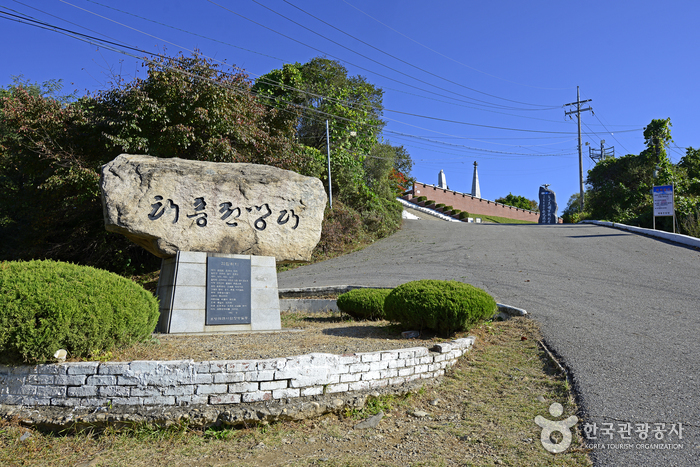
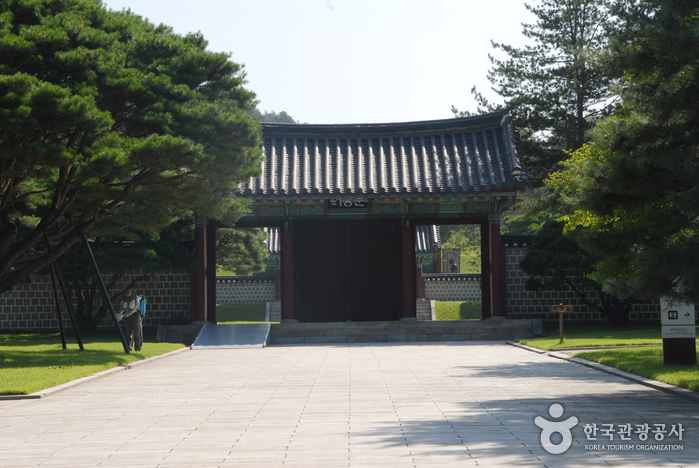
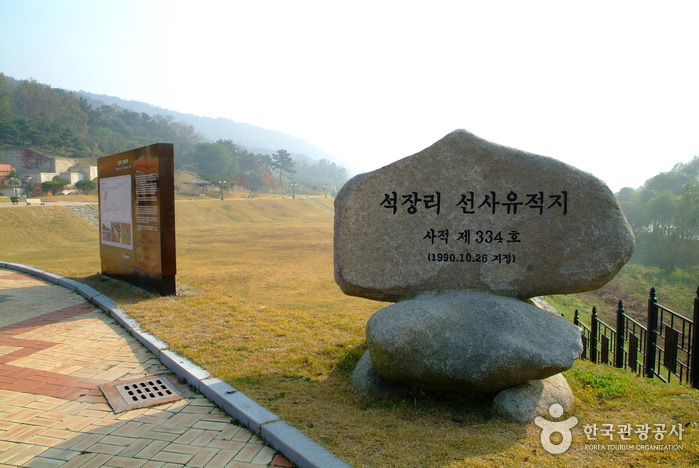
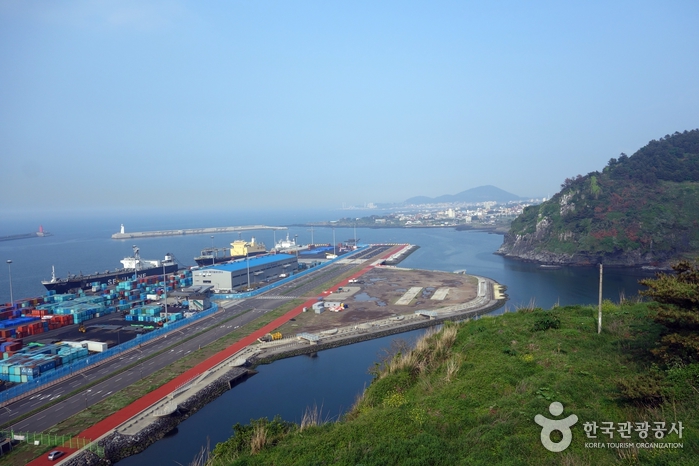
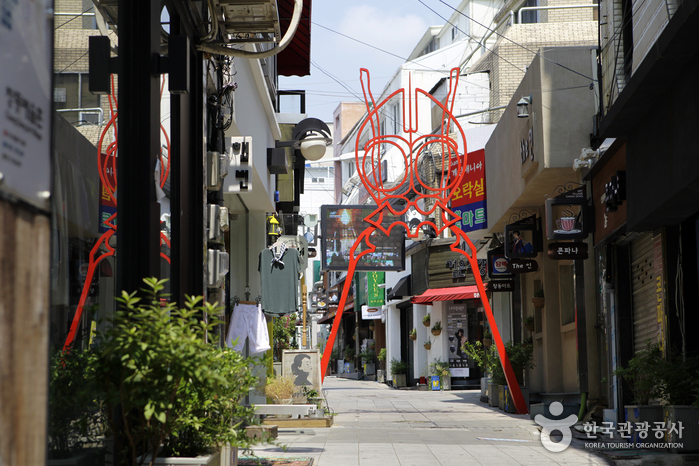
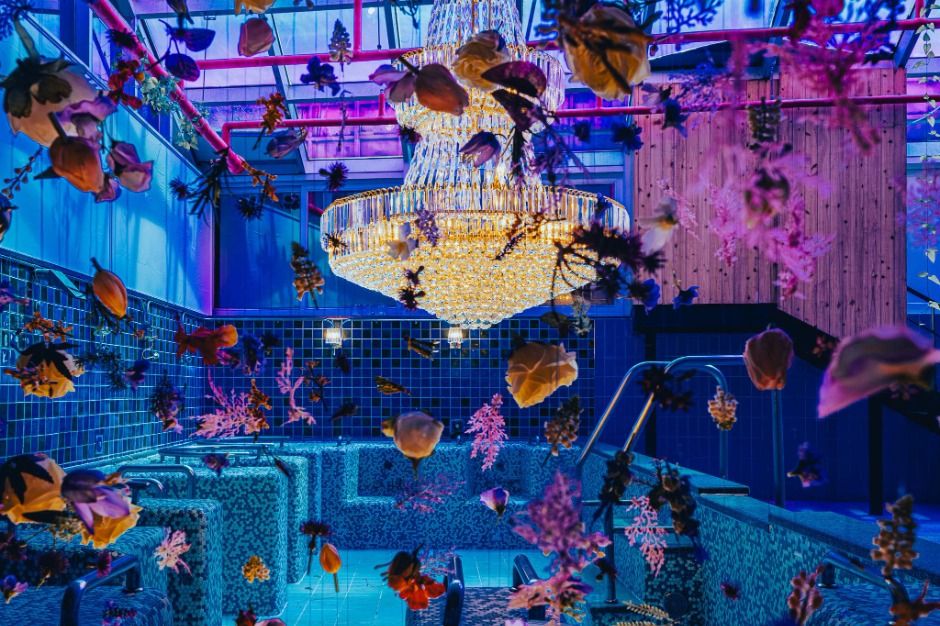
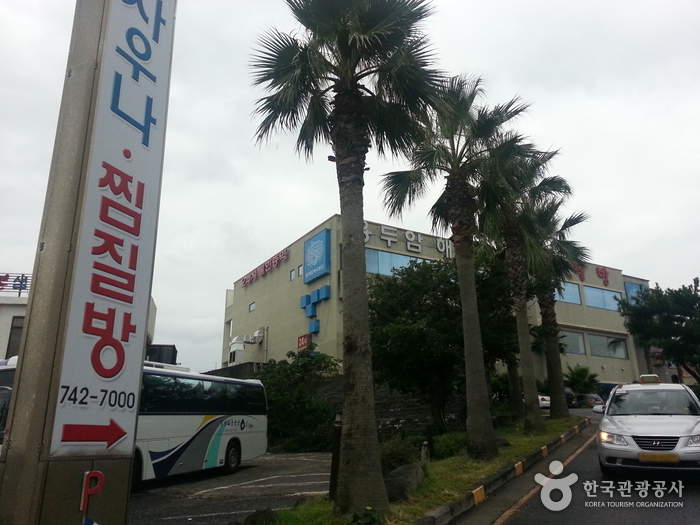

 English
English
 한국어
한국어 日本語
日本語 中文(简体)
中文(简体) Deutsch
Deutsch Français
Français Español
Español Русский
Русский